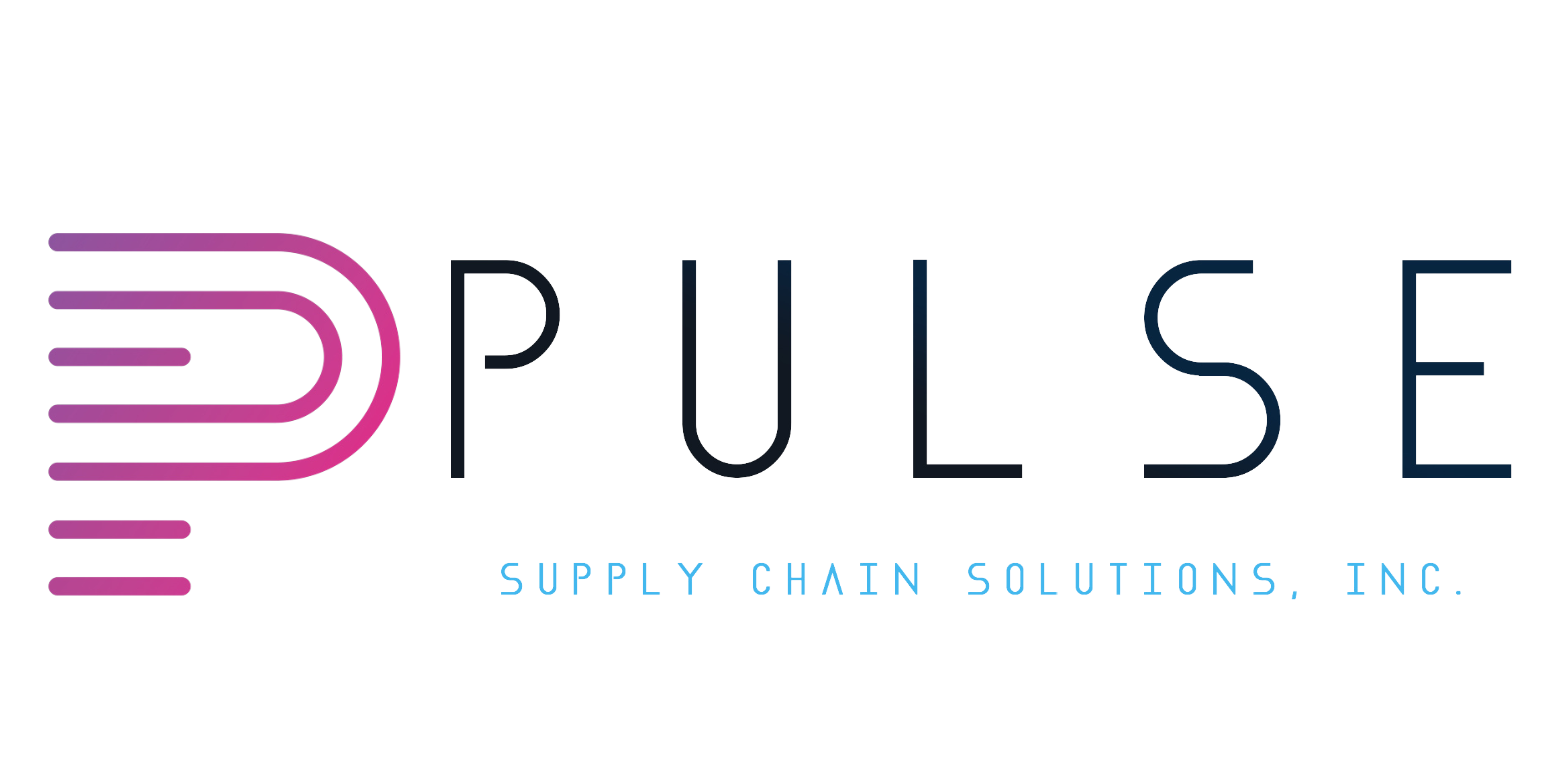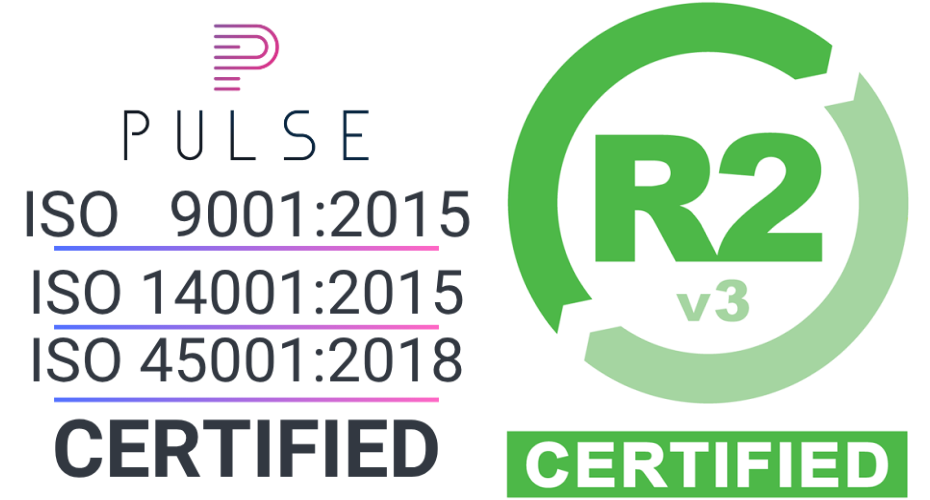Where the Loop Breaks and Why It Must Begin Again
If the circular economy were a story, we’d still be stuck in the prologue.
We talk endlessly about closing the loop, about sustainability and recycling, but what if the problem isn’t that the circle is broken, it’s that it never truly began where it should?
According to the 2024 Global E-Waste Monitor, the world generated over 62 million metric tons of electronic waste, equivalent to the combined weight of all commercial aircraft ever built. Yet less than 22% was properly collected and recycled. The rest, an astonishing 48 million tons, vanished into informal channels, export routes, or landfills. That’s not just a logistical issue; it’s a cultural one. We’ve built an economy that celebrates creation but rarely considers return.
The core of the problem lies in how the tech industry measures success. Newness equals progress. Longevity equals stagnation. We praise innovation on the front end while neglecting the immense innovation possible on the back end in repair, recovery, and reintegration. A circular economy is not a perfect system; it’s a participatory one. And right now, participation is optional when it should be fundamental.
At Pulse, we witness where the loop breaks every day: at the moment of handoff. When an organization decides a device’s useful life is over, it too often becomes a liability rather than a latent resource. Yet a single retired data center server can contain up to 2 ounces of gold, 1 pound of copper, and trace amounts of rare earth elements critical for new production. When improperly managed, those elements are lost forever and new ones must be mined, often at enormous environmental cost.
The irony? The solution isn’t futuristic. It already exists. Companies just need better systems, verified chain of custody, transparent downstream processing, and certified partners who view the end of use as the beginning of renewal.
Circularity doesn’t begin with recycling; it begins with rethinking ownership. When companies see themselves not as end users but as custodians of materials that continue beyond them, the loop forms naturally. Each asset decommissioned responsibly becomes a building block of the next generation of technology, reducing emissions, conserving resources, and rebalancing the equation between profit and responsibility.
The loop doesn’t end at disposal. It begins with awareness, accountability, and action.
The loop starts here.


